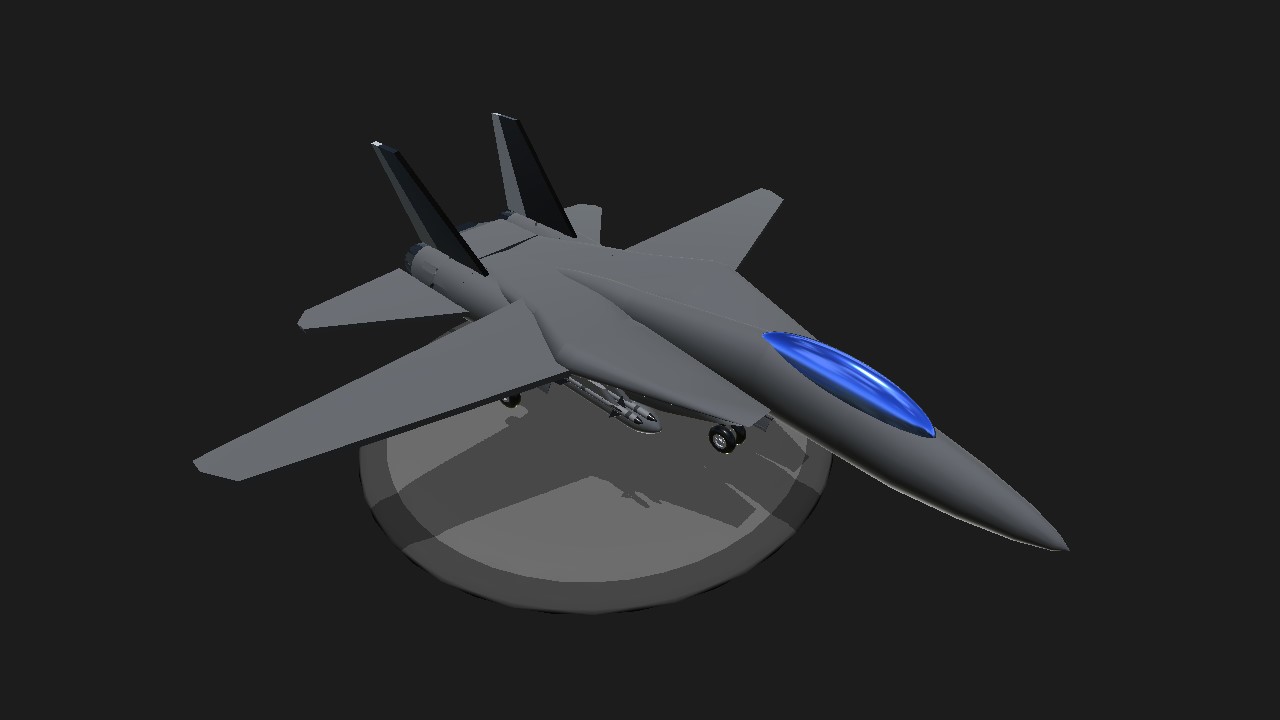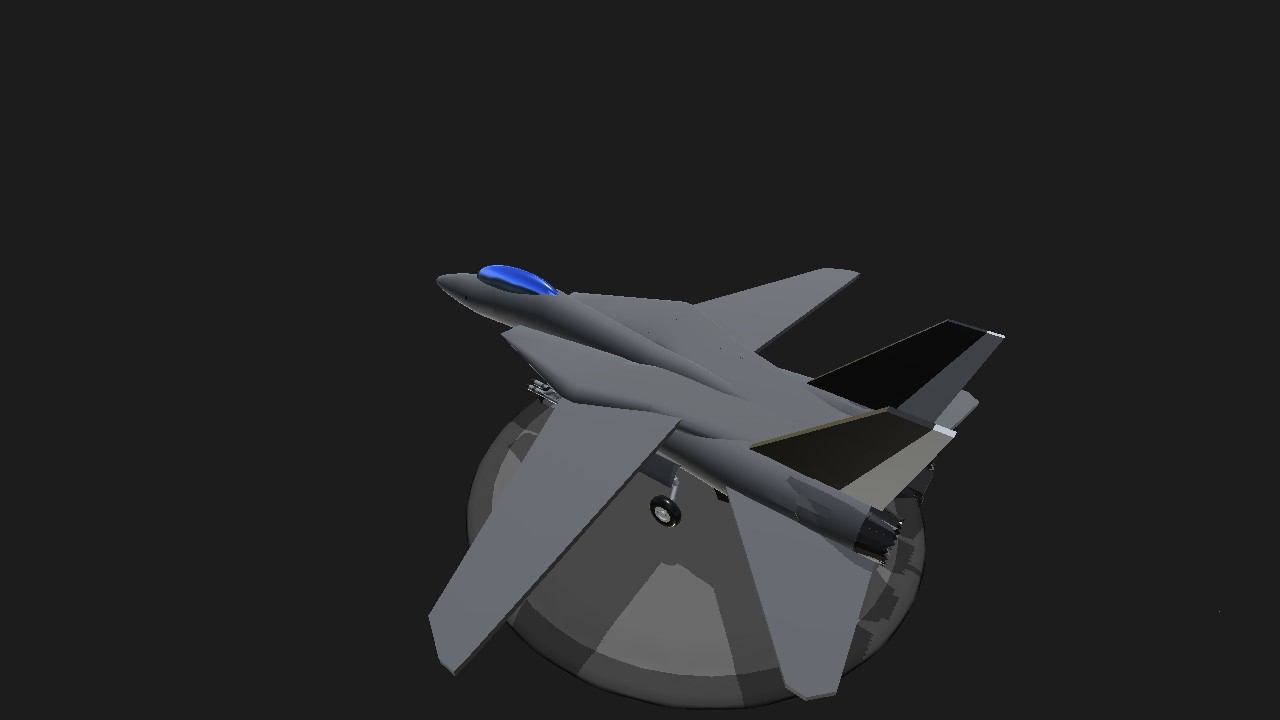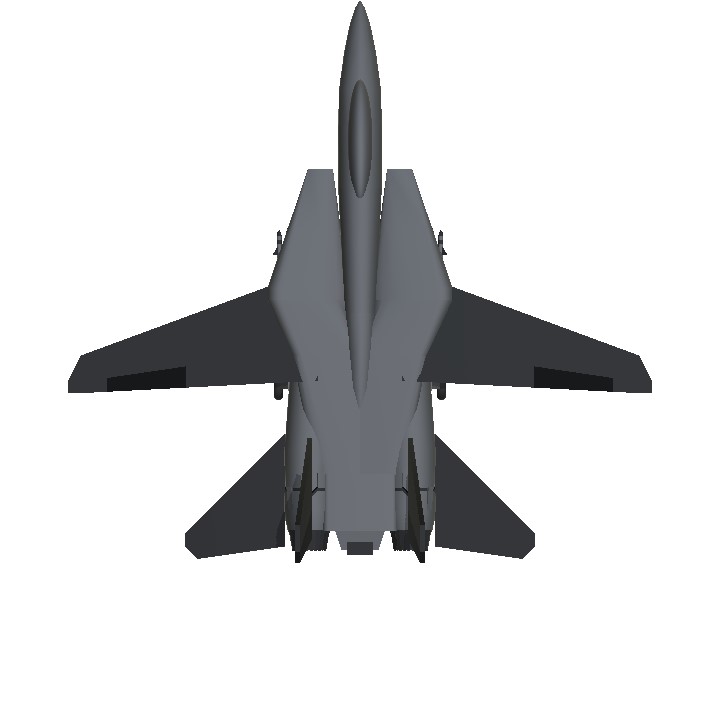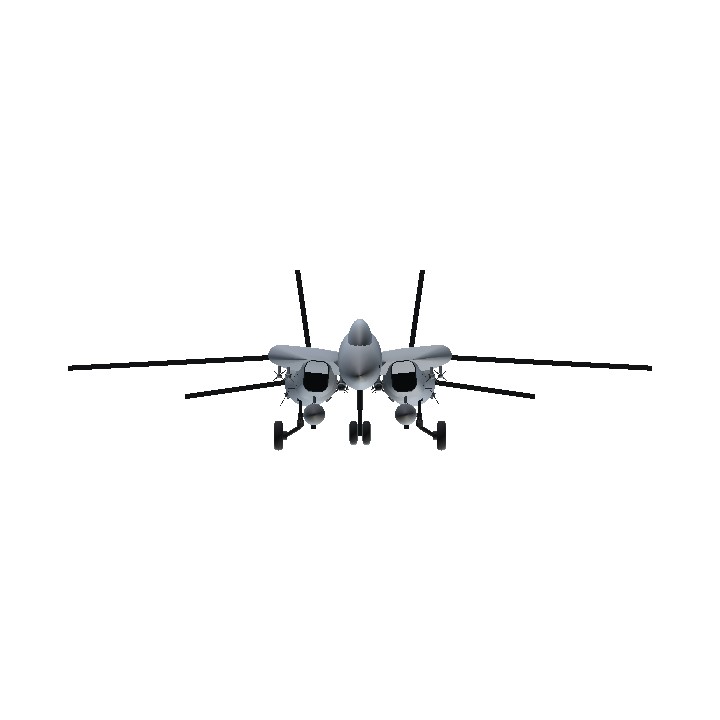The Grumman F-14 Tomcat is an American supersonic, twin-engine, two-seat, twin-tail, variable-sweep wing fighter aircraft. The Tomcat was developed for the United States Navy's Naval Fighter Experimental (VFX) program after the collapse of the F-111B project. The F-14 was the first of the American Teen Series fighters, which were designed incorporating air combat experience against MiG fighters during the Vietnam War.
The F-14 first flew on 21 December 1970 and made its first deployment in 1974 with the U.S. Navy aboard USS Enterprise (CVN-65), replacing the McDonnell Douglas F-4 Phantom II. The F-14 served as the U.S. Navy's primary maritime air superiority fighter, fleet defense interceptor, and tactical aerial reconnaissance platform into the 2000s. The Low Altitude Navigation and Targeting Infrared for Night (LANTIRN) pod system was added in the 1990s and the Tomcat began performing precision ground-attack missions.
In the 1980s, F-14s were used as land-based interceptors by the Islamic Republic of Iran Air Force during the Iran–Iraq War, where they saw combat against Iraqi warplanes. Iran claimed their F-14s shot down at least 160 Iraqi aircraft during the war (only 55 of these confirmed according to historian Tom Cooper),[2] while 16 Tomcats were lost including seven losses due to accidents.
The Tomcat was retired by U.S. Navy on 22 September 2006, having been supplanted by the Boeing F/A-18E/F Super Hornet. Several retired F-14s have been put on display across the US. The F-14 remains in service with Iran's air force, having been exported to Iran under the Pahlavi regime in 1976. In November 2015, reports emerged of Iranian F-14s flying escort for Russian Tupolev Tu-95, Tu-160, and Tu-22M bombers on air strikes in Syria.
Operationally, the capability to hold up to six Phoenix missiles was never used, although early testing was conducted; there was never a threat requirement to engage six hostile targets simultaneously and the load was too heavy to safely recover aboard an aircraft carrier in the event that the missiles were not fired. During the height of Cold War operations in the late 1970s and 1980s, the typical weapon loadout on carrier-deployed F-14s was usually two AIM-54 Phoenixes, augmented by two AIM-9 Sidewinders, three AIM-7 Sparrow IIIs, a full loadout of 20 mm ammunition and two drop tanks.[citation needed] The Phoenix missile was used twice in combat by the U.S. Navy, both over Iraq in 1999,[50][51][52] but the missiles did not score any kills.
Yes I copy paste this from Wikipedia
Specifications
Spotlights
- TheMaus 3.9 years ago
- Inuyasha8215 3.9 years ago
- GMSRT8365 2.5 years ago
General Characteristics
- Predecessor Bellow 100 part Challange [CLOSED]
- Created On Android
- Wingspan 76.1ft (23.2m)
- Length 94.4ft (28.8m)
- Height 23.1ft (7.0m)
- Empty Weight 17,565lbs (7,967kg)
- Loaded Weight 33,184lbs (15,052kg)
Performance
- Power/Weight Ratio 2.031
- Wing Loading 28.5lbs/ft2 (139.0kg/m2)
- Wing Area 1,165.8ft2 (108.3m2)
- Drag Points 10494
Parts
- Number of Parts 98
- Control Surfaces 10
- Performance Cost 751






